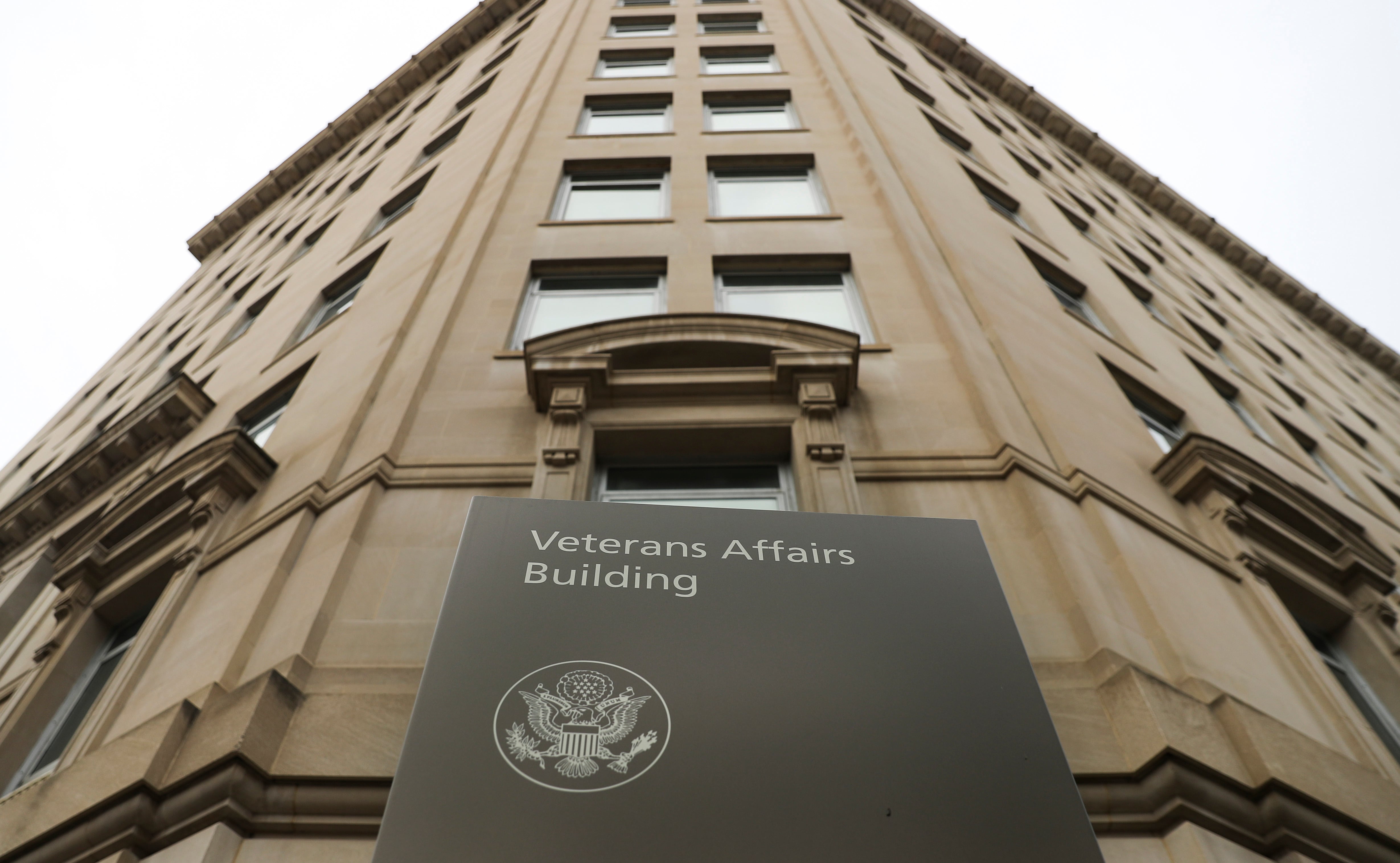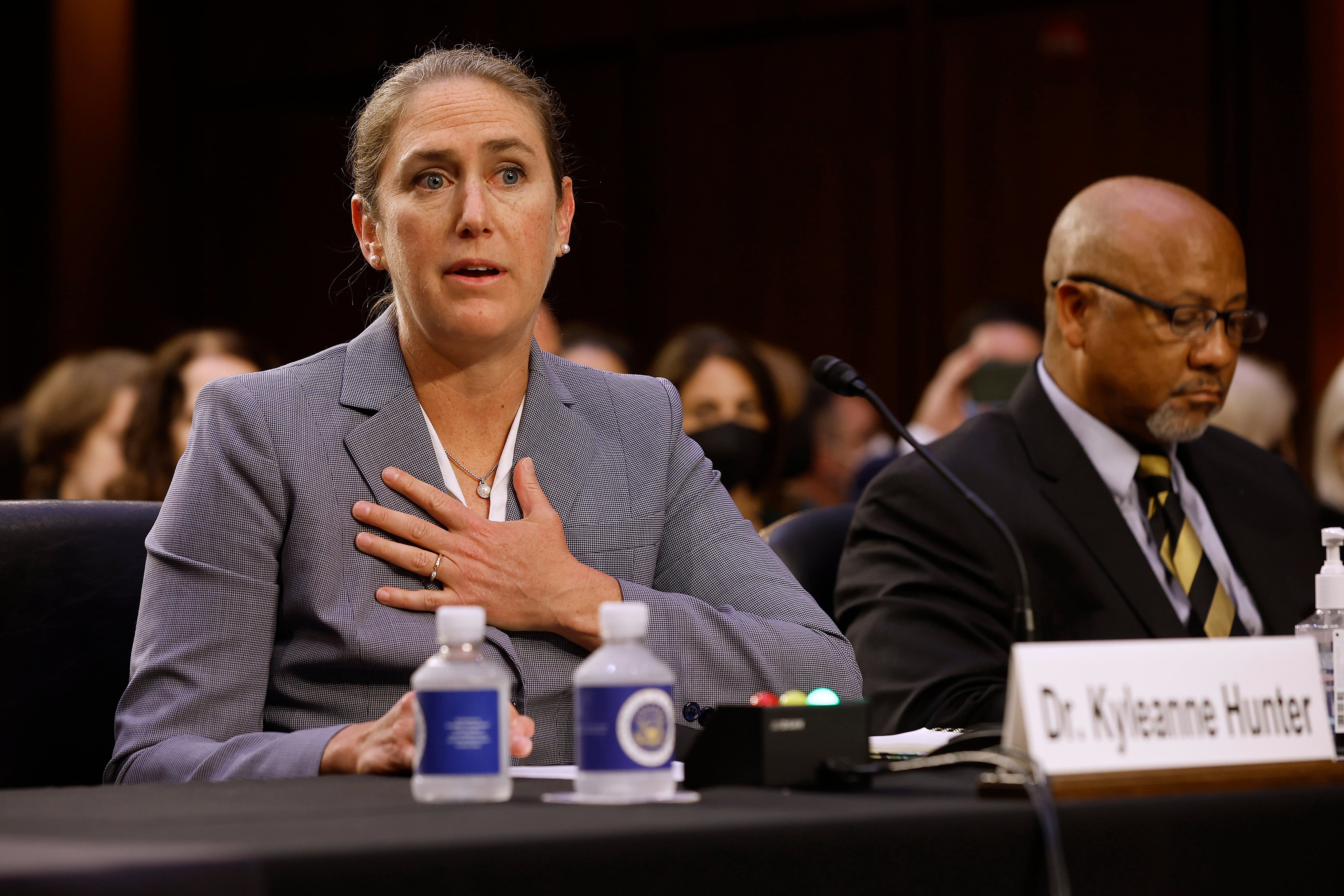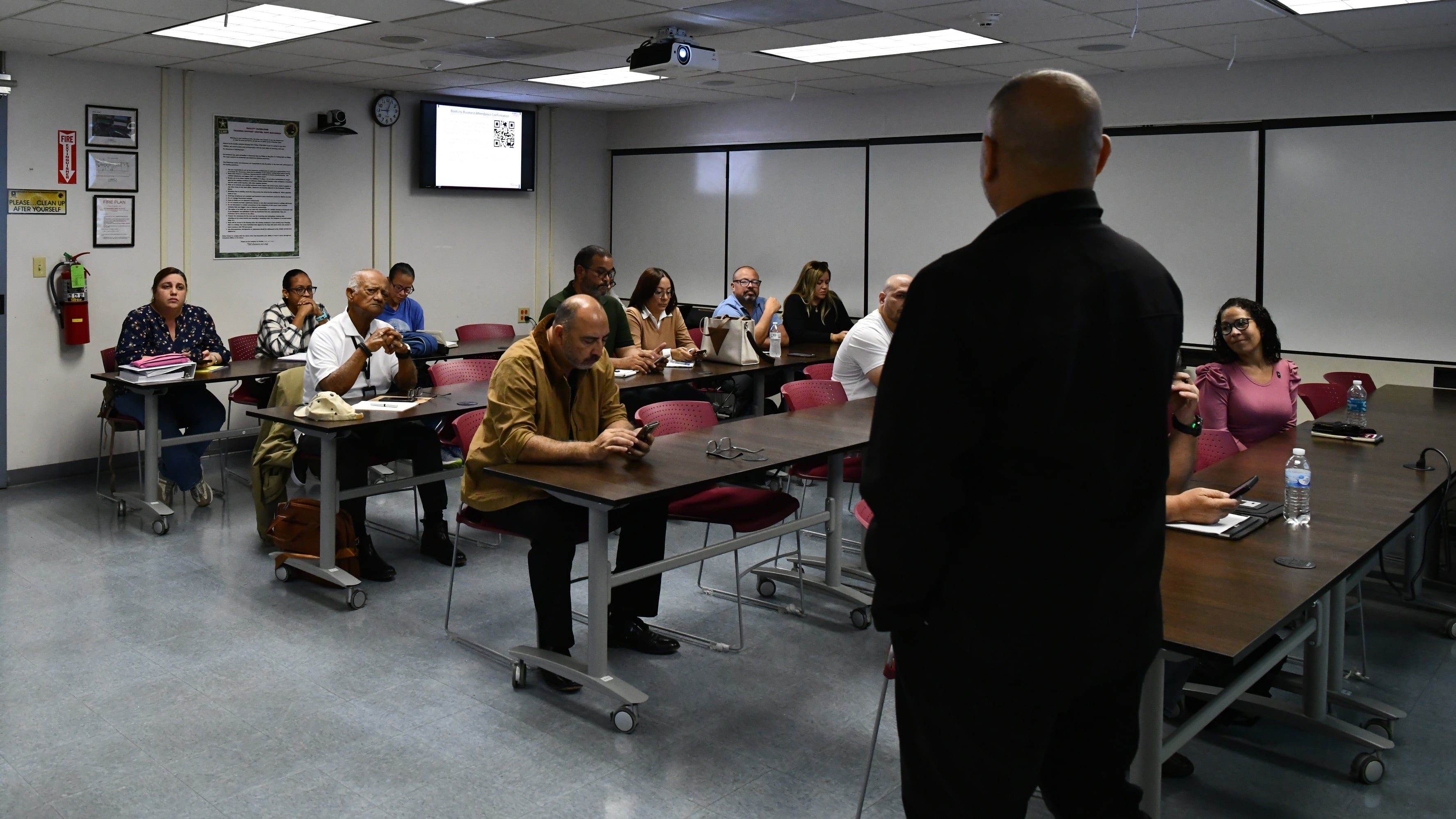Navy and Marine Corps strike fighter aviators face a dangerous loss of air flow while flying. They're set to suffer more than 100 of these hazardous and potentially fatal incidents this year for the second time; one Navy F/A-18 Hornet squadron reported two in a week.
Now, Congress is moving to demand an independent review of the breathing air and decompression problems plaguing the F/A-18 Hornet and EA-18G Growler fleets, which stem from complex air flow systems the Navy has spent years trying to repair.
The Navy has spent the better part of a decade trying to get its arms around the fighter community's issues with dangerous and potentially fatal air loss in the cockpit, but unsatisfied with their progress so far, congressional leaders are stepping in.
While aviators and maintainers wait for a fix, The congresswoman who made the problem public in February, Rep. Niki Tsongas, D-Mass., is calling for Navy Secretary has added a clause in the latest National Defense Authorization Act that would require Secretary of the Navy Ray Mabus to choose a senior official in his office to review the Navy and Marine Corps' efforts to fix the problems and to consult technical and medical experts from outside the Defense Department.
If the NDAA is passed as is, Mabus will have to choose a senior official in his office to review the Navy and Marine Corps' efforts to mitigate the issue and consult technical and medical experts from outside the Defense Department, per language added by Rep. Niki Tsongas, D-Mass.
The clause in a draft of the National Defense Authorization Act also would require the service to report by December 2017 on To wrap up, a report of the Navy's episodes rates, mishap rates, maintenance and repair progress and functionality of two systems designed to deliver breathable air to the cockpit, the On Board Oxygen Generation System and the Environmental Control System would be due to the House and Senate armed service committees by December 1, 2017.
A spokesman for Mabus declined to comment on the pending legislation.
In the fleet, Navy leadership from the air boss, director of air warfare and top Naval Air Systems Command officials have assured both Congress and the fleet that they are doing everything they can to solve the frequent air contamination, and losses of oxygen and pressurization, that aviators face. That's included dozens of upgrades to ECS and new components to improve oxygen generation and limit carbon monoxide contamination. e oxygen and target But some aviators are fed up with the slow pace of the fixes and say the dangers are real, as reports surge past 100 a year. plague the Navy and the Marine Corps to the tune of more than 100 events a year.
The response has included dozens up upgrades to ECS, new components to better generate oxygen and better target carbon monoxide contamination in OBOGS and a strong effort to increase reporting and awareness in the fleet.
The Navy has stopped short of It has not, however, resulted in a grounding of any jets, a move that the Air Force took in 2011 after oxygen problems with the F-22. though that has been an option in both the Navy and Air Force for safety threats.
"So the question then becomes: What's an overreaction, what's not enough of a reaction, what are draconian measures?" the commanding officer of the fleet's Growler training squadron told Navy Times in April. "I've identified it as my No. 1 safety concern in my squadron, but I think with proper risk mitigation, it is absolutely, 100 percent acceptable."
Electronic Attack Squadron 129 is one of the hardest hit in the Navy: It had reported six physiological events since assumed command September, said Cmdr. Trevor Estes, the squadron's commanding officer who took charge that month. These episodes range from insufficient oxygen, loss of cabin pressurization or breathing contaminated air. in his office board the aircraft carrier George Washington, during an underway to get his pilots and flight officers qualified for at-sea landings.
The number is high, he pointed out, because it's the fleet replacement squadron. He has 50 EA-18G jets to the average VAQ's five.
From his perspective, it's all about awareness. His aircrew are briefed on the OBOGS emergency procedures — pull the green ring to activate backup oxygen, shut off OBOGS — before every flight, so that it's fresh in their minds when they close the cockpit canopy.
"Just because for us, as aircrew, until there's a permanent fix to the OBOGS issues — a mechanical fix — our best defense is going to be aircrew attention to it and proper adherence to bold-faced procedures," Estes said in an interview in his office aboard the carrier George Washington, where pilots and naval flight officers were qualifying to land on the flattop.
Finding fixes
Despite suggestions, that fix won't be a return to the liquid oxygen pilots breathed in older airframes. This bulky system delivered a finite supply of air rather than filtering air from outside into the cockpit. A jet that makes its own breathing air saves time and money, the system's lead engineer told Navy Times in March.
Pilots and maintainers acknowledge that, but point to lower instances of hypoxia on the LOX system.
"Everyone involved should never forget the main reason OBOGS exists is to reduce ground support manning and equipment requirements," John Smith wrote on Navy Times' Facebook after an article about these incidents. "Swapping and servicing LOX bottles takes work but it's proven and isn't difficult as any older crew chief knows."
OBOGS allows a jet to make an endless supply of oxygen, whereas the old system limited sortie hours and required infrastructure to keep squadrons stocked.
However, Smith added, the trade-off is now the actual man hours of restocking LOX versus. the theoretical man hours of troubleshooting a faulty OBOGS.
The Navy may be looking to work on that, Estes said. The current response to an OBOGS failure is to pack up the jet's kit and send it off to Patuxent River, Maryland, where Naval Air Systems Command experts can test the system's function and analyze the air inside to see if it's contaminated.
The catch is that the contaminant could be long gone by the time it reaches the lab, even with overnight shipping. One pilot who spoke to Navy Times suggested that aviators switch off the oxygen concentrator after they pull the green ring, to trap whatever was in there at the time of the episode.
Another option would be to open local NAVAIR labs near Naval Air Station Whidbey Island, Washington, for Growlers and Lemoore, California, and Oceana, Virginia, for the Hornets to cut the lag time to hours instead of days.
When Growler and Hornet program manager Capt. David Kindley visited Whidbey in March, skippers suggested just that.
"Kindley was like, 'Hey, I'll take a look at it. It's something I haven't thought of.' The fact that leadership is open to any ideas that you might have for this, I think is very, very encouraging," Estes said.
But a more powerful solution could be a tough fight, one reader — an E-2C Hawkeye aviation structural mechanic — suggested.
"There is a consistent refusal to confront non-immediate maintenance related issues from the deckplate (maintenance control) to the Pentagon," Tyler Parker wrote on Facebook. "As long as something 'checks good' after an opcheck it can legally be signed off on."
The causes behind physiological events are numerous and tough to diagnose both in aircrew and the jet itself. In the meantime, fliers will keep flying.
"I've worked personally for [Vice] Adm. [Mike] Shoemaker and [Rear] Adm. [Mike] Manazir, and when I hear them say that the naval aviation enterprise is doing everything it can, Trevor Estes has 100 percent confidence in them," Estes said.
But congressional intervention could turn up the heat.
"Of course, as the NDAA process moves forward the Congresswoman will be working to ensure this amendment, and all her provisions, remain part of the final bill," Tsongas spokesman Michael Hartigan told Navy Times.
Meghann Myers is the Pentagon bureau chief at Military Times. She covers operations, policy, personnel, leadership and other issues affecting service members.










